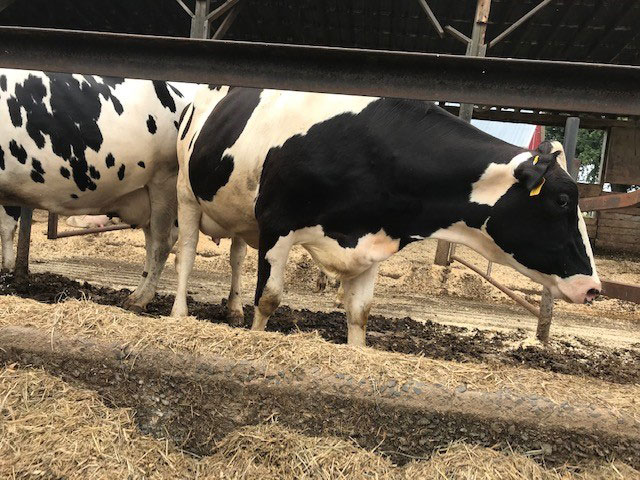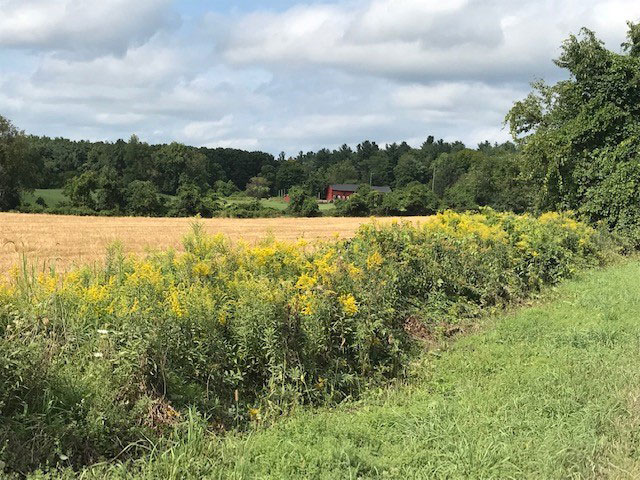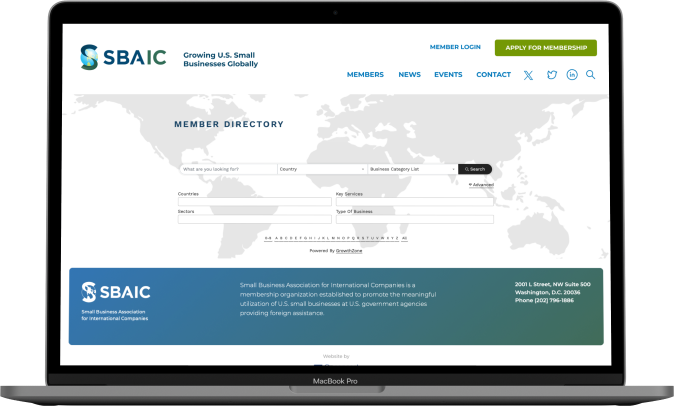Pilot programs focused on implementing farm conservation practices have shown that the volume of pathogens and nutrients contained in runoff from agricultural operations can be lessened prior to reaching water bodies. Some of the practices that have been designed by governmental agencies to reduce nonpoint source pollution from livestock or cultivate crop operations, include:
- Installing channels across slopes to divert water away from farmsteads, agricultural waste systems, and other sources of nonpoint source pollution.
- Constructing waste storage facilities or housing animal housing facilities to temporarily store wastes such as manure and wastewater so that they can be released in a controlled manner or applied to the soil as nutrient supplements.
- Installing roofs and covers to divert clean water from animal management areas (i.e., barnyard, feedlot or exercise area), waste storage facilities, waste treatment facilities, or agrichemical handling facilities to reduce the volume of rainwater that may contain agricultural related pollutants.
- Applying nutrient management practices to address the amount (rate), source, placement (method of application), and timing of plant nutrients and soil amendments to reduce contaminant loading.
- Designing an area of boundary vegetation to reduce the loading of nutrients, pathogens, and other contaminants associated with livestock, poultry, and other agricultural operations in water runoff

Animal Housing Facility 
Boundary Vegetation
Nonpoint Source Runoff Mitigation Strategies
From an international perspective, coupling agricultural development programs with conservation planning activities provides a variety of environmental and social sustainable benefits as depicted below.

That is:
- Ecosystem Enhancements: Beneficial actions on one farm can help build support in the community for other farms to engage in practices to enhance the ecosystem such as: 1) applying site-specific soil enrichment strategies to increase yields including prohibiting the use of machinery on steep slopes to reduce soil compaction or allowing vegetation to grow in between rows of crops to help stabilize the soil; 2) identifying locations for agricultural washing equipment so that they are not located close to surface water; 3) reducing the amount of manure used; 4) changing plowing activities to decrease soil erosion; or 5) planting barriers need streams to reduce runoff.
- Social Resiliency: Poor water quality, for example, can lead to decreases in agricultural output and reduction in fish populations. These types of conditions place additional stresses on social systems/communities that are dependent on agricultural and food supplies in places where the ingredients for conflict already exist. Engaging in outreach and implementing agricultural conservation practices this might a create a platform for mobilizing communities to address climate stresses through participatory involvement and reaching consensus on adaptation efforts that can contribute to community and country resilience and the ability to manage climate threats.
- Economic Vitality: Improved water quality is one factor that can contribute to increases in local economic vitality through increasing crop yields and access to food and building the livestock sector.
- Land Stewardship: Farmers who are deriving benefits from conservation practices in many instances serve as the community land steward fostering dialogue among local stakeholders or the sustainability trainer by working with NGOs and local educational institutions to support awareness-raising campaigns that promote environmentally sound practices to help sustain natural capital.
Water Quality Improvements: By reducing the volume of pollutants in agricultural runoff to streams and rivers, which frequently serve as drinking water supplies in many areas around the world, may not be as impacted.
Our experience has taught us that the best methods for supporting the adoption and implementation of conservation practice within the global agricultural sector is through small group meetings followed by one-on-one discussions. Also, with the concurrence of the farmer and family members, develop plans that provide economic returns along with measures to help prevent or mitigate agricultural nonpoint source pollution. However, providing the financial support to design, purchase, and install agricultural conservation measures is a significant factor for farmers. Affording access to capital imparts the financial incentive necessary in making a decision to act.
Communities of all sizes and complexity have the potential to derive environmental and social sustainability benefits from the implementation of conservation measures that reduce contaminated runoff from agricultural operations. By tackling sustainability issues in partnership with other local stakeholders, donor agencies can increase the potential positive impact of their activities on the environment beyond the impact of individual efforts.







